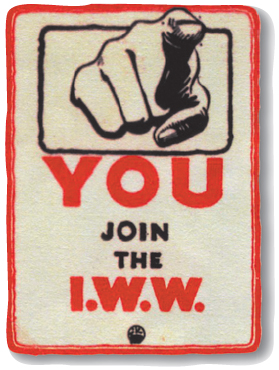Economic Hardship and Labor Upheaval.
Printed Page 612 Chapter Chronology
Economic Hardship and Labor Upheaval. Americans demanded that the nation return to a peacetime economy. The government abruptly abandoned its wartime economic controls and canceled war contracts. In a matter of months, 3 million soldiers mustered out of the military and flooded the job market just as war production ceased. Unemployment soared. At the same time, consumers went on a postwar spending spree that drove inflation skyward. In 1919 alone, prices rose 75 percent over prewar levels.

Most of the gains workers had made during the war evaporated. Business turned against the eight-hour day and attacked labor unions. With inflation eating up their paychecks, workers fought back. The year 1919 witnessed nearly 3,600 strikes involving 4 million workers. The most spectacular strike occurred in February 1919 in Seattle, where shipyard workers had been put out of work by demobilization. When a coalition of the radical Industrial Workers of the World (IWW, known as Wobblies) and the moderate American Federation of Labor called a general strike, the largest work stoppage in American history shut down the city. Newspapers claimed that the walkout was "a Bolshevik effort to start a revolution." The suppression of the Seattle general strike by city officials cost the AFL many of its wartime gains and contributed to the destruction of the IWW soon afterward.
A strike by Boston policemen in the fall of 1919 underscored postwar hostility toward labor militancy. Although the police were paid less than pick-and-shovel laborers, they won little sympathy. Once the officers stopped walking their beats, looters sacked the city. Massachusetts governor Calvin Coolidge called in the National Guard to restore order. The public welcomed Coolidge's anti-union assurance that "there is no right to strike against the public safety by anybody, anywhere, any time."
Labor strife climaxed in the grim steel strike of 1919. Faced with the industry's plan to revert to seven-day weeks, twelve-hour days, and weekly wages of about $20, Samuel Gompers, head of the AFL, called for a strike. In September, 350,000 workers in fifteen states walked out. The steel industry hired 30,000 strikebreakers and convinced the public that the strikers were radicals bent on subverting democracy and capitalism. In January 1920, after 18 striking workers were killed, the strike collapsed. That devastating defeat initiated a sharp decline in the fortunes of the labor movement, a trend that would continue for almost twenty years.